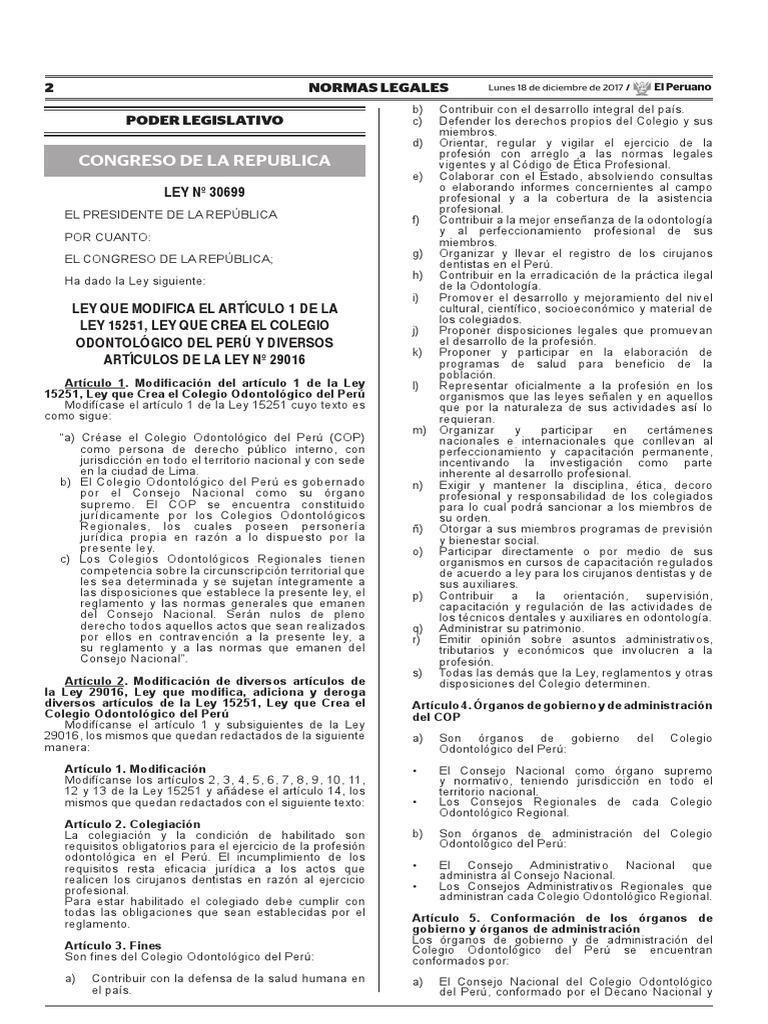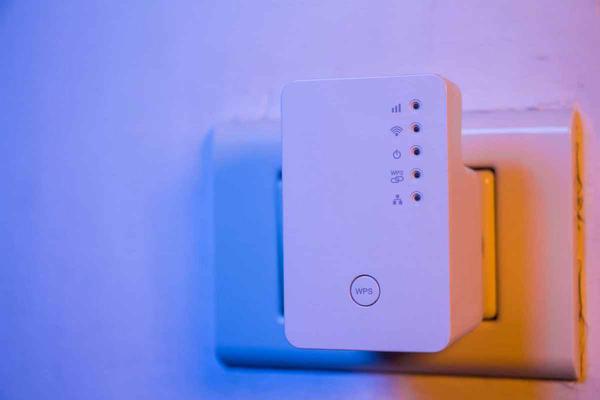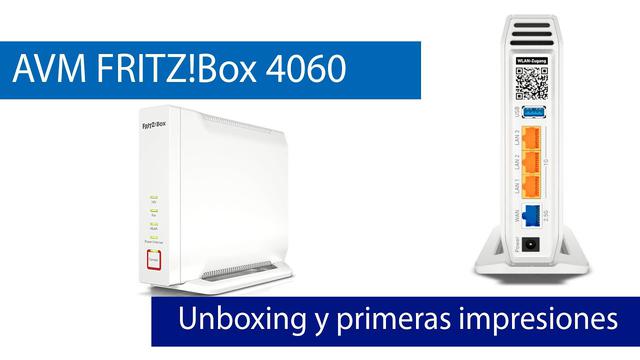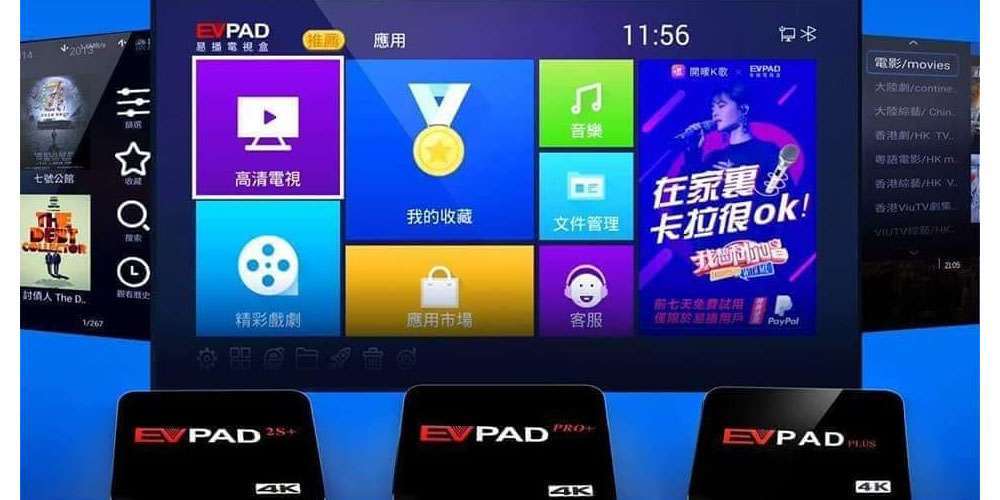Signal conditioners 4.0 to optimize industrial processes
The importance of the signal conditioner Editorial Interempresas20/05/20211569
The use of modern measurement systems in the context of the Industrial Internet of Things (IIoT) and Industry 4.0 concepts allow manufacturers to reduce their production costs while increasing the quality and speed of manufacturing processes. Often overlooked among the requirements of modern automation systems is what signal conditioners can bring to the table as intelligent intermediary elements between sensors and higher-level control systems. In this sense, HBM is carrying out a sustained development effort, with its ClipX and PMX signal conditioners.
The importance of the signal conditioner
Companies are turning to digitization as a means to improve the efficiency of their production. In simple words, the goal is to use sensors, decentralized control units, and information technologies to monitor and control production processes—even complex ones—in near real time.Sensor data can be said to be the 'raw material' that makes Industry 4.0 possible. Naturally, sensors capable of being integrated quickly and easily into complex production systems are needed. That is where the signal conditioner comes in, which ensures that the sensors can communicate in real time with the decentralized control, through an industrial communication module with fieldbus protocols. To be efficient, air conditioners must offer precision, intelligent functions that relieve control units of work and user-friendly interfaces that facilitate parameterization without the need for programming code.
HBM supplies the entire measurement chain necessary to digitize production processes. One of its latest innovations is the ClipX dynamic signal conditioner, which not only amplifies the signals from the sensors and transfers them to the control unit without any interference, but also performs preliminary calculations to reduce the workload of the controls. Upper level. Clip X has an accuracy class of 0.01 and a built-in calibration certificate. Due to its high precision (compared to conventional amplifiers), it sets a new benchmark in industrial process control. This major advance in measurement accuracy opens the door to making products faster and cheaper. Because more precise measurements allow tighter tolerances to be set, which in turn significantly reduces product reject rates.Precision is essential in the chemical industry
It is an indisputable fact: the precision of a measurement chain is... that of the weakest link. However, high precision sensors are often combined with less precise amplifiers, or sensors are connected directly to a PLC. The result is a loss of accuracy of the entire measurement chain. Users of the ClipX industrial measurement amplifier have all the benefits of increased measurement accuracy, as linearity and hysteresis errors, and temperature effects, are less than 0.01% of full scale. There is no other way to improve the accuracy of the entire measurement string.Industrial amplifiers are also exposed to various external sources of interference. They often work in close proximity to large motors, generators and inverters, which produce strong electromagnetic and electrostatic fields and interference. Those interferences have a direct effect on the amplifiers. Likewise, interference can also be introduced in the measurement cables that connect the sensors to the amplifiers. If the cables are not shielded, they can behave like antennas and channel interference towards the amplifier. To avoid them, the amplifiers must have adequate interference suppression elements. These properties should always be documented in the specifications, as HBM does with all its equipment.
An intuitive web interface with a responsive design
A special feature of the new ClipX amplifier is its integrated intuitive web interface, which simplifies and speeds up commissioning. Thanks to this web interface, the amplifier can be put into service immediately without the need to install software or provide user training. In fact, only one Ethernet connection is needed between ClipX and the “terminal”. Also, cumbersome software updates are eliminated, because the ClipX web server always and automatically adapts to the resolution of whatever terminal is used: a laptop, a tablet or a phone.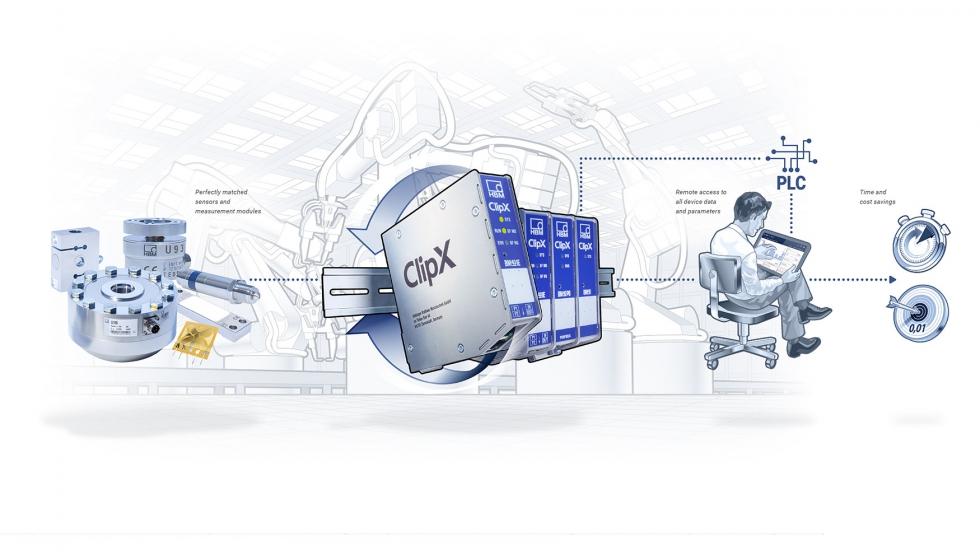
The development of the web interface is based on Google Material Design, a tool used all over the world. The web interface is adaptive, which means that it detects the resolution of a PC, phone or tablet and presents the data in an optimized way on any device that is used as a browser terminal.
Apart from being used to parameterize the amplifier, the web interface also allows direct visualization of measured values and processes. It even serves as a diagnostic monitor. This “health monitoring” function detects errors and notifies the user through alarm options. In this way, errors can be corrected quickly, resulting in fewer machine stops and more efficient processes.
Simplified integration
Measurement technology for industrial applications must be able to integrate seamlessly into automation systems. For this reason, a signal conditioner like ClipX is equipped with common automation interfaces, such as PROFINET, EtherCat, PROFIBUS, Ethernet/IP, analog (V/mA) or digital inputs and outputs, and Ethernet (TCP/IP), all in order to simplify integration.
As higher data volumes and transfer rates are required, Ethernet fieldbuses have become increasingly popular as a communication protocol. In the past, simpler fieldbuses such as CAN or Profibus were used. Today - and in the future - data acquisition systems must support real-time Ethernet protocols, such as EtherCAT, Profinet or Ethernet/IP, which are capable of transferring large volumes of data at very high speeds.
Smart features to offload other system elements
Unlike standard industrial amplifiers, ClipX can process data directly, without the intervention of a separate top module. ClipX is suitable for any measurement task, whether in single-channel or multi-channel applications in manufacturing or production process control equipment. For example, it is possible to connect up to six devices in a modular way in a “plug and play” way, to make calculations from the measured data. Additionally, fieldbus interfaces allow one or more different controls to access the ClipX system.This decentralized intelligence is vital in highly automated applications to reduce failure rates and controller overloads.
ClipX can take on calculation - or control - functions that go beyond its normal measurement function, to speed up production processes. This reduces the workload of the higher-level control unit. Thanks to these “intelligent” functions, the measured signals can be processed and analyzed internally, in real time. In other words, the amplifier is capable of performing some of the tasks of PLCs (such as calculating average values, determining peak values, and other mathematical operations) and PID controllers.
Instead of programming, parameterization
Because ClipX processes your calculation channels in real time, it can take over tolerance-related tasks and detect acceptable and non-acceptable products. For this, it is not necessary to completely program the calculation channels: the user only has to parameterize them. Instead of writing programming code, which is always laborious, all you have to do is insert the parameters and input signals into the pre-programmed functions. This saves an enormous amount of work.
In conclusion, a signal conditioner like ClipX has much to contribute to the automation of a chemical plant, due to its accuracy class of 0.01, its integrated intelligence, its ease of integration and its web interface adaptable to all types of terminals. In addition, its price-performance ratio is unbeatable.

